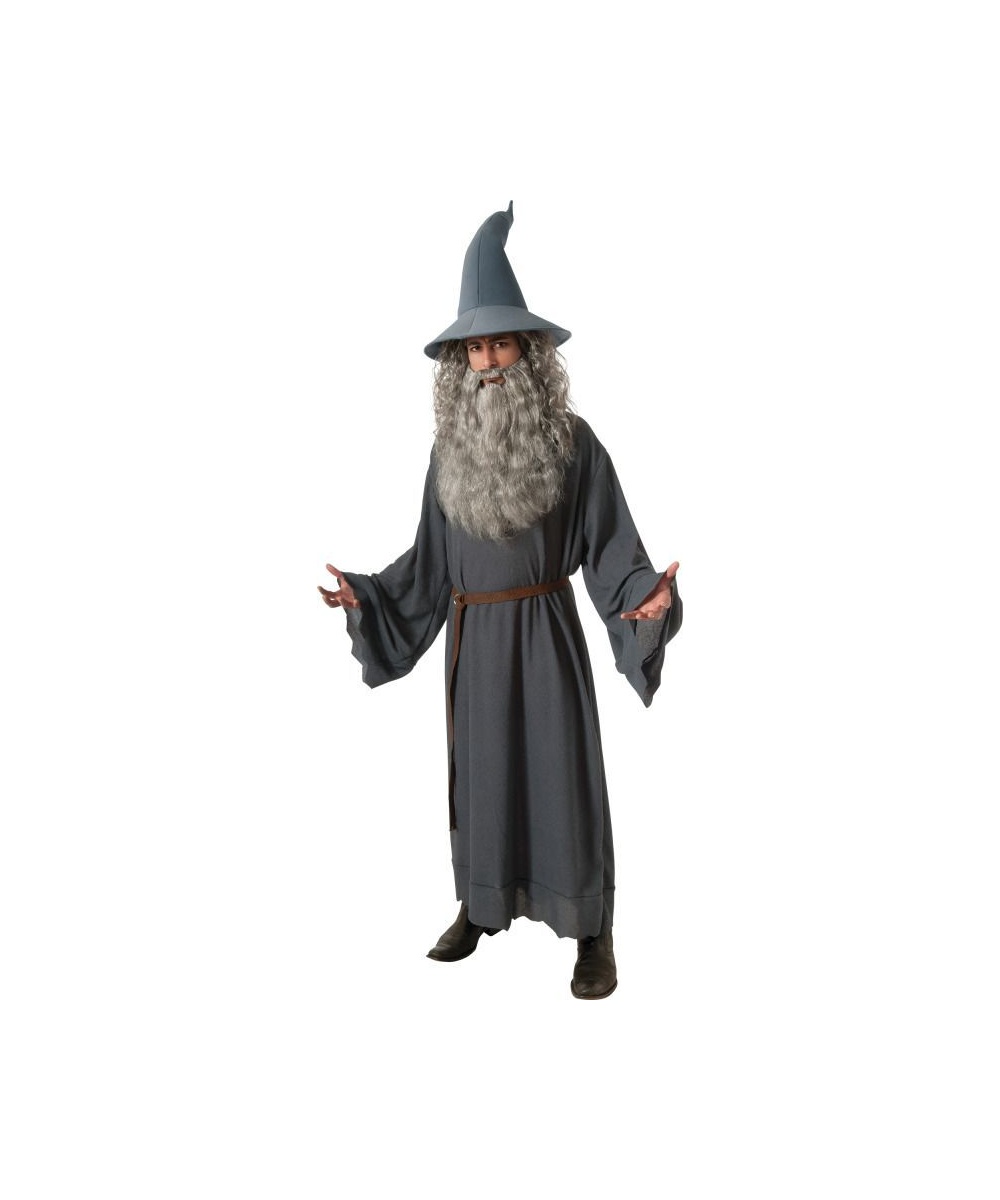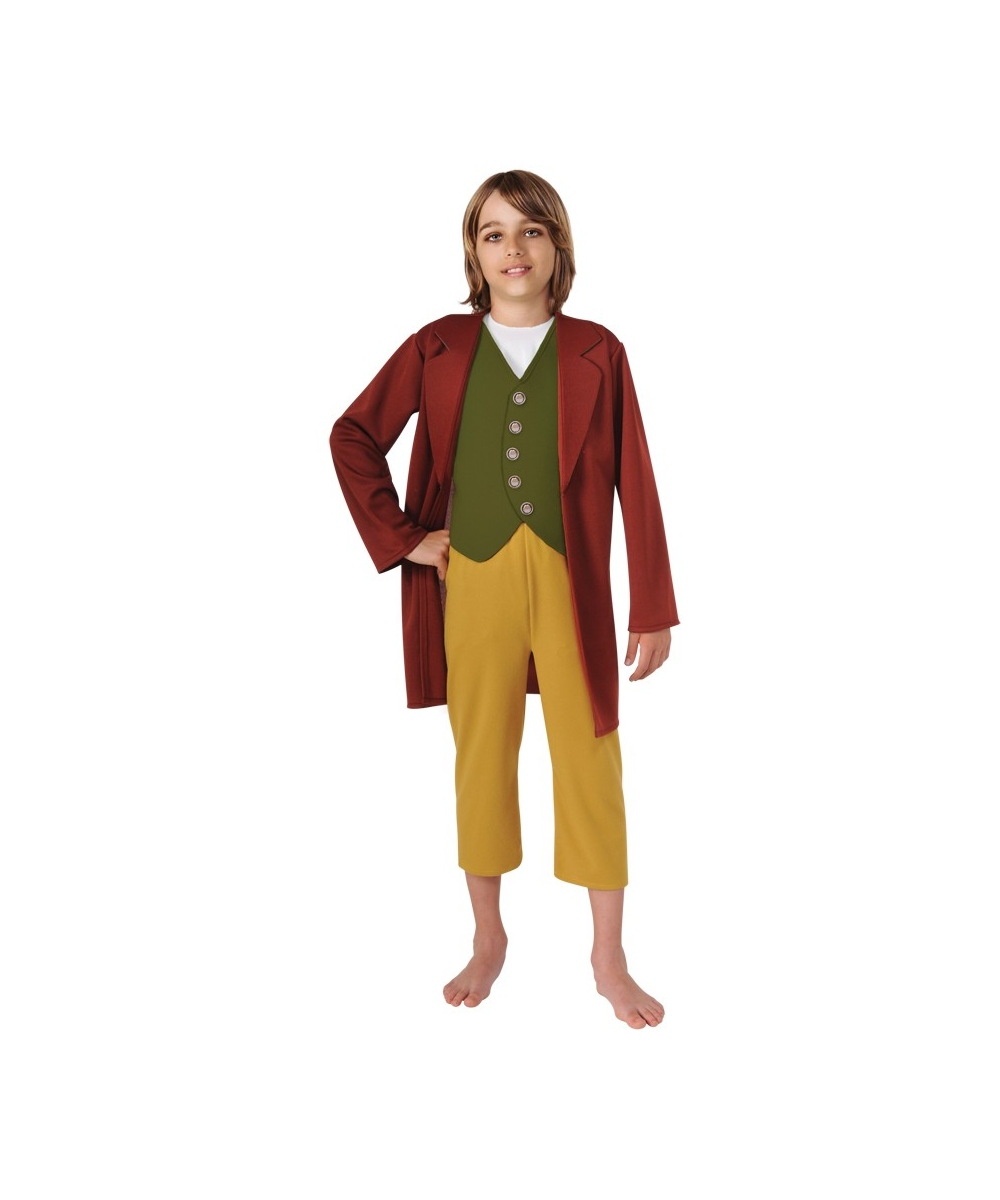-
There And Back Again - The Magic of Lord of the Rings Endures In New Zealand

It's no shock that with the tremendous success of Peter Jackson's "Lord of the Rings" and "The Hobbit" film trilogies, based on the novels by J.R.R. Tolkien, New Zealand's tourism industry has been booming. After all, all five movies so far have been filmed there, and let's be honest - a good 90% of the world had no idea a country as vibrant and stunning as New Zealand even existed before the. Crystal-clear lakes, lush forests, a diverse mountain range - it's only logical that Jackson and Co. would choose it as the main filming location for the fantasy world of Middle-Earth. As Lord of the Rings becomes a cultural phenomenon, around 2.4 million visitors a year flock to New Zealand, giving rise to what locals call "Tolkien Tourism". Indeed, New Zealand's landscape has much to offer in the way of leisurely Ooohhs-and-Ahhhs; but it's the preserved Lord of the Rings film sets in towns like Matamata and the iconic film shots of Mount Ngauruhoe (better known to film audiences as 'Mount Doom') that draw in tourist dollars. Settled among rolling hills and grazing pastures, the rural town of Matamata in the Waikato region had the unique distinction of being chosen as the filming location for the fictional realm of the Hobbits, The Shire. Visitors are greeted by a familiar-looking sign and statue...

As you may remember from the films, the Hobbit homes of the Shire blended seamlessly into the surrounding environment - namely, they were built right into the rolling hills. After production was wrapped-up, the Hobbit homes were left intact at the request of the New Zealand government. Since then, the plain yet charming town with a population under 6,300 has become a very popular attraction for visitors to the region, some of which are said to visit dressed up as characters from the film series in a form of deeply-committed Cosplay!

Tolkien Tourism has become an important part of the New Zealand economy, with some small towns like Matamata deriving a great deal of their income from Lord of the Rings-themed attractions.
"It's very much one of the bigger industries in Matamata right now. A lot of industry has fallen away whereas this tourism one is continuing to grow, which is real good", says Owen Henderson, a local "Hobbiton" meat supplier, to the Waikato Times. He estimates he sees 15 to 20 percent more people coming through the town than he did before Hobbiton opened.
Many New Zealanders have hoped for a renewed "Tolkien effect" thanks to the production of "The Hobbit" film series, and so far the New Zealand government has instated a $25 million USD subside for big-budget film production companies looking to shoot principal photography there. The popularity of New Zealand filming has soared; prompting production of more Hollywood block-busters like The Chronicles of Narnia and District 9. Even higher quotes of around $150 million have been cited. Currently, the 'Kiwi' government is negotiating with Peter Jackson and New Line Cinema, the films' producers, for the rights to construct a permanent Lord of the Rings museum housing some 40,000 props and costumes used on the film sets.
"You can argue that 'Lord of The Rings' was the best unpaid advertisement that New Zealand ever had", notes Bruce Lahood, the North American regional manager for Tourism New Zealand, to USA Today.
Pop-culture novelty factors aside, the island-nation of New Zealand is truly a mind-blowing tourist destination in it's own right. Due to it's remote location, it stands as one of the last major land masses to be colonized by humans, sometime during the 13th century by Eastern Polynesian tribes, nowadays known as the native M?ori people. Dutch explorer Abel Tasman came across the island in 1642 and made it's existence known to Europeans, and Dutch cartographers christened it Nova Zeelandia, after the Dutch province of Zeeland. British explorer James Cook anglicised the name to 'New Zealand' in 1769, and soon after the British crown laid claim to the island. Billions of years of isolation allowed it's ecosystem and natural landscape to flourish into a verdant, proverbial paradise on Earth. While a history lesson may not sound particularly intriguing for some, a picture is worth a thousand words - so we'll leave you with two.




